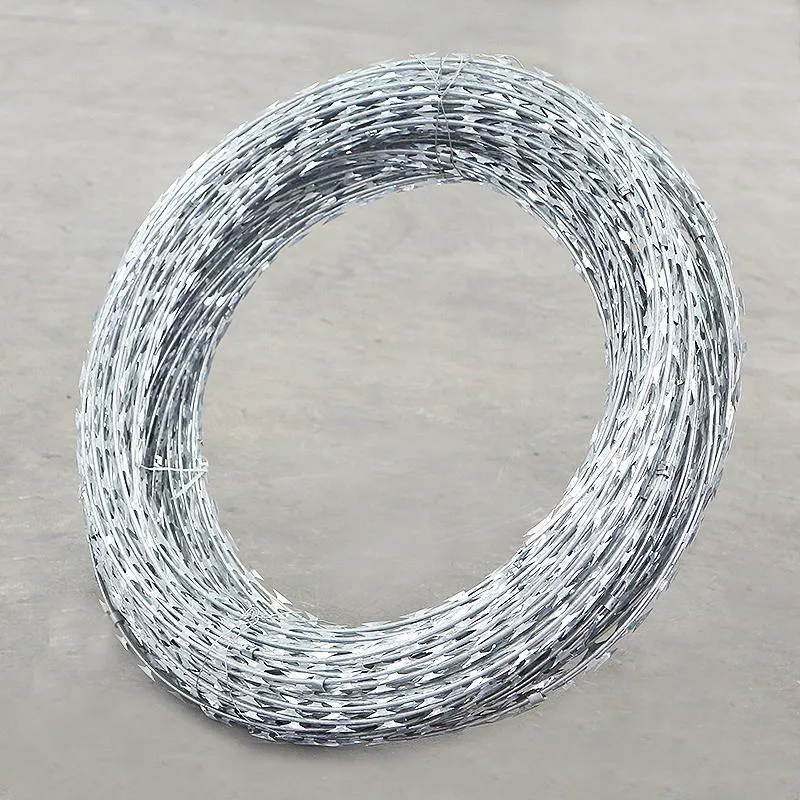

Real-world industry expertise suggests that the Phillips bugle head design is invaluable in drywall installation. This design allows for deeper sinking into the drywall without breaking the paper surface, thus minimizing surface damage while still providing a tight and secure fit. Additionally, the bugle shape assists in countersinking, enabling a flush finish that's perfect for joint compound application and painting. From a professional standpoint, there is no substitute for using a quality cordless drill with adjustable torque settings when driving drywall screws. Using the correct torque prevents overdriving the screws, which can lead to weakened support or protrusion through the drywall surface. Precise depth control is crucial; screws should be seated just below the gypsum surface to ensure proper adhesion and a clean finish without compromising the structural integrity. Installation practices further underscore the importance of proper spacing and alignment of drywall screws. Industry standards recommend screws be positioned no more than 16 inches apart on the edges and every twelve inches along the studs for ceiling installations, to prevent sagging or detachment. This strategic spacing ensures that the drywall panels remain rigid and evenly supported across the entire surface, augmenting the durability of the structure. In conclusion, choosing the right drywall hanging screws is a blend of technical knowledge and practical insight, critical for ensuring a successful drywall installation. With a focus on quality materials, correct sizing, and precise installation techniques, professionals can deliver work that stands the test of time. Trust in the right information, expert advice, and a commitment to adhering to best practices will invariably lead to superior results in drywall hanging, making every project a testament to perfect craftsmanship.

















